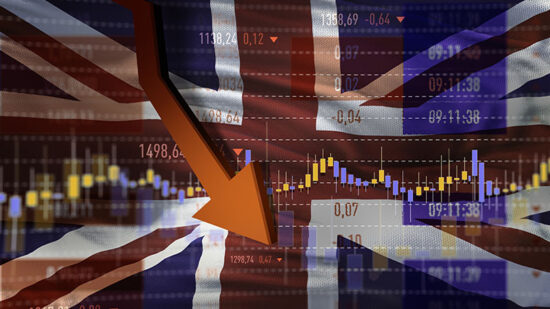Mid and long term investors, which form the vast majority, would do well to avoid getting caught up in the maelstrom by trying to take on the hedge funds, trading desks and computerised algorithms that run rampant in such scenarios.
For most investors chasing markets down or up tends to be a case of shutting the door after the horse has bolted, and is highly likely to result in burnt fingers.
Selling off an asset class in panic when prices have already fallen turns a paper loss that can be recovered over time into a real one. Buying after prices shoot up is largely a pointless exercise, at best. If prices slip the next day once the initial momentum has subsided and cooler heads have prevailed, then that too can result in big losses.
Instead, investors would be better served by getting their portfolios in as good an order as possible before Thursday’s vote, then sitting back on Friday and waiting for the dust to settle.
If recent market reactions to opinion polling is anything to go by the initial market response to the referendum result is likely to be extreme, and nearly entirely sentiment driven. The speed of change in asset prices will be too much to handle for all but the fastest of traders with their low latency connections to stock exchanges.
On Monday, the FTSE 100 put on most of the 3% it gained within the first few minutes of trading. That was based only on an improvement in the opinion polls for the remain campaign over the weekend. The vote itself should have a much bigger effect.
A vote to leave seems certain to send UK equities the other way the moment trading commences on Friday, probably quicker. Sell offs can be even more sudden than rallies.
While it is impossible to truly prepare a portfolio for both outcomes in such a binary situation, there are a few things that it may help to keep in mind.








